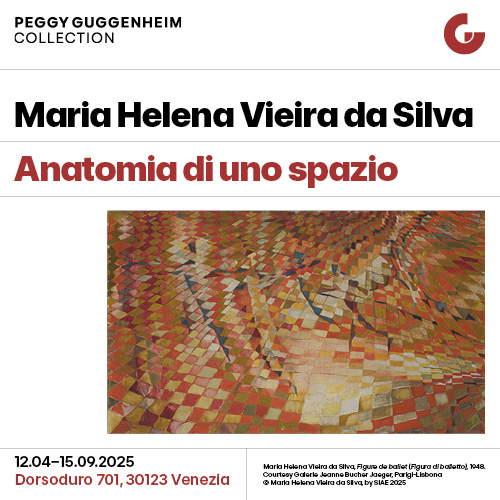Israel, little girl on field trip discovers 3,800-year-old amulet: a rare Bronze Age beetle
Sometimes the most amazing archaeological discoveries happen by accident. It happened in early March in Israel, when Ziv Nitzan, a three-and-a-half-year-old girl from the village (moshav) of Ramot Meir, found an ancient scarab-shaped amulet during a family outing to Tel Azeka, near Beit Shemesh in central Israel. The object, dating back about 3,800 years, is a Canaanite seal from the Middle Bronze Age. The find immediately caught the attention of experts from theIsrael Antiquities Authority (IAA). Semyon Gendler, district archaeologist for the Judah region, praised Ziv’s family for reporting the discovery and presented the child with a certificate of appreciation for his good citizenship.
“We were walking along the path when Ziv bent down and, of all the stones around her, she picked up this one,” says Omer Nitzan, Ziv’s sister. “When she rubbed it and removed the sand from it, we saw that there was something different. I called my parents to show them the beautiful stone and we realized we had discovered an archaeological find! We immediately reported it to the Israeli Antiquities Authority.”
“We have been excavating here for almost 15 years, and the results of the excavations show that during the Middle and Late Bronze Age, one of the most important cities in the Judean Plains thrived here in Tel Azeka,” says Oded Lipschits, director of archaeological excavations at Tel Aviv University. “The scarab found by Ziv adds to the long list of Egyptian and Canaanite artifacts discovered here, which attest to the close ties and cultural influences between Canaan and Egypt during that period.”
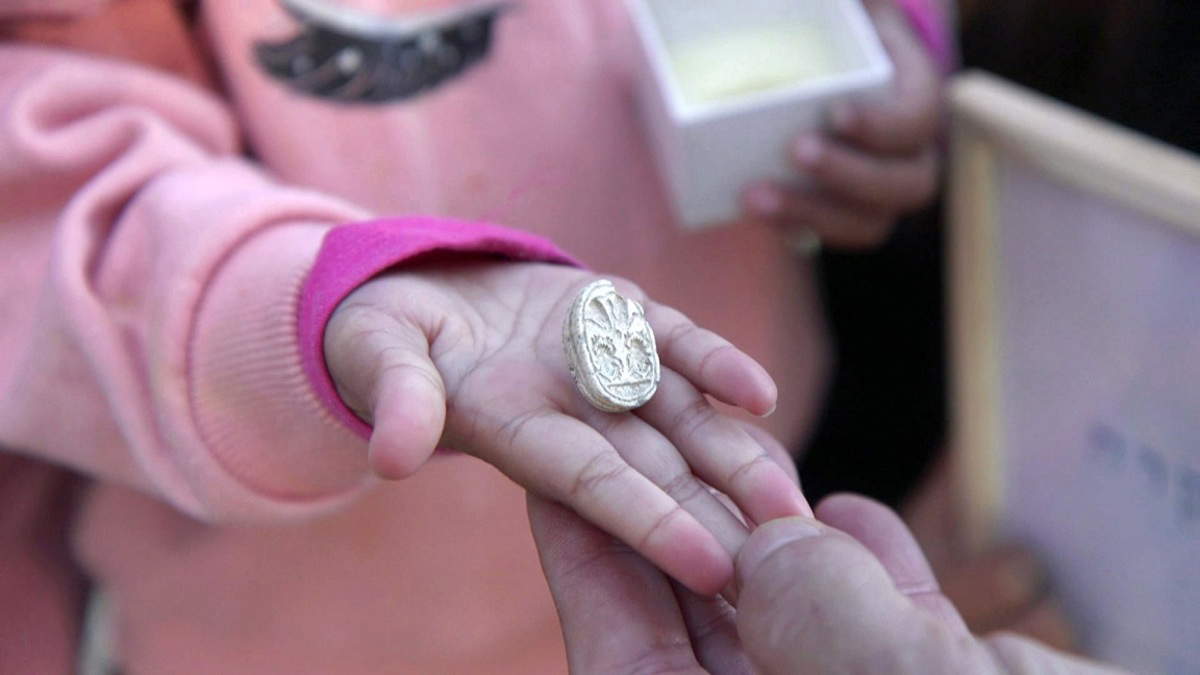
“The seal that little Ziv found during a family trip to Tel Azekah connects us to a great history, that of the ancient civilizations that lived in this land thousands of years ago,” says Israeli Heritage Minister Amichai Eliyahu. “The scarab that Ziv found also reminds us that in the Land of Israel, even children can participate in the discovery of history.”
“Ziv and her family deserve praise for delivering the find to the National Treasures of the State of Israel,” says Eli Escusido, director of the Israel Antiquities Authority. “Thanks to you, everyone will be able to see and enjoy it. In honor of Passover, we will present the seal in a special exhibit set up by the Israel Antiquities Authority at the Jay and Jeanie Schottenstein National Campus for the Archaeology of Israel, along with other artifacts from the Egyptian and Canaanite periods. In our public tours we will present impressive objects for the first time, including seals of the pharaohs, Egyptian statues, ritual vessels and evidence of Egyptian cultural influence in the Land of Israel, and everyone is invited!”
An artifact that tells of the connection between Canaan and Egypt
The scarab found in Tel Azeka will be displayed in a special exhibition organized by the Israel Antiquities Authority at the Jay and Jeanie Schottenstein National Campus for Israel Archaeology. The exhibition, staged to coincide with Passover, will feature numerous artifacts related to ancient Egypt and Canaan, many of which are being shown to the public for the first time.
According to Daphna Ben-Tor, an expert on ancient amulets and seals, the object found by Ziv is a typical Canaanite scarab. These ornamental seals originated in Egypt and their shape was inspired by the dung beetle, a beetle that was considered sacred in ancient times. The Egyptians associated it with the concept of creation and rebirth, as the insect laid its eggs inside a sphere of dung, from which larvae then emerged. In the Egyptian language, the scarab’s name was in fact derived from the verb “to come into being” or “to be created,” a meaning that made it symbolic of the incarnation of the Creator God. This link between Canaan and Egyptian culture testifies to the deep trade and cultural relations between the two civilizations during the Bronze Age.
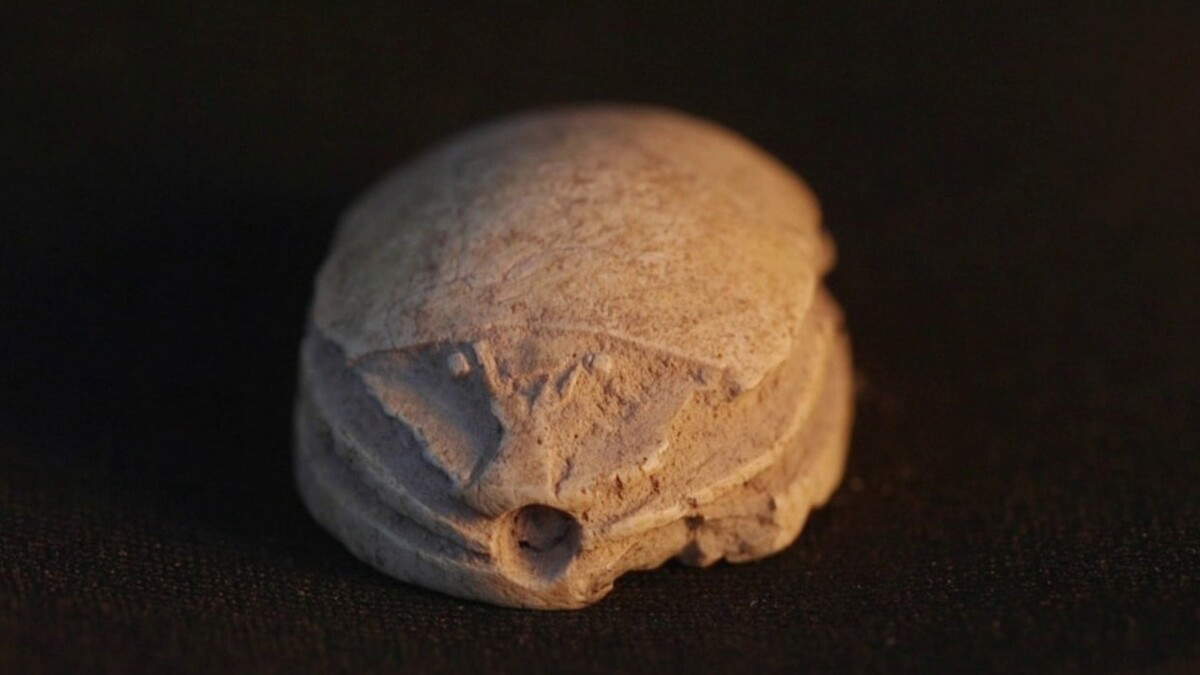
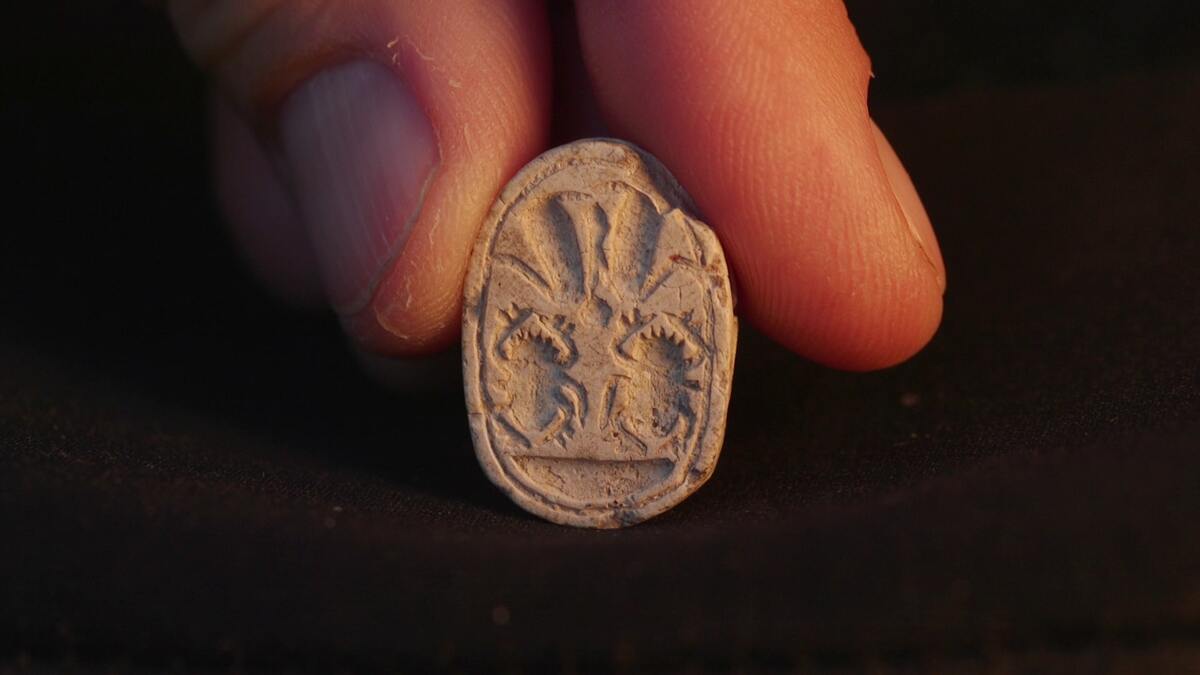
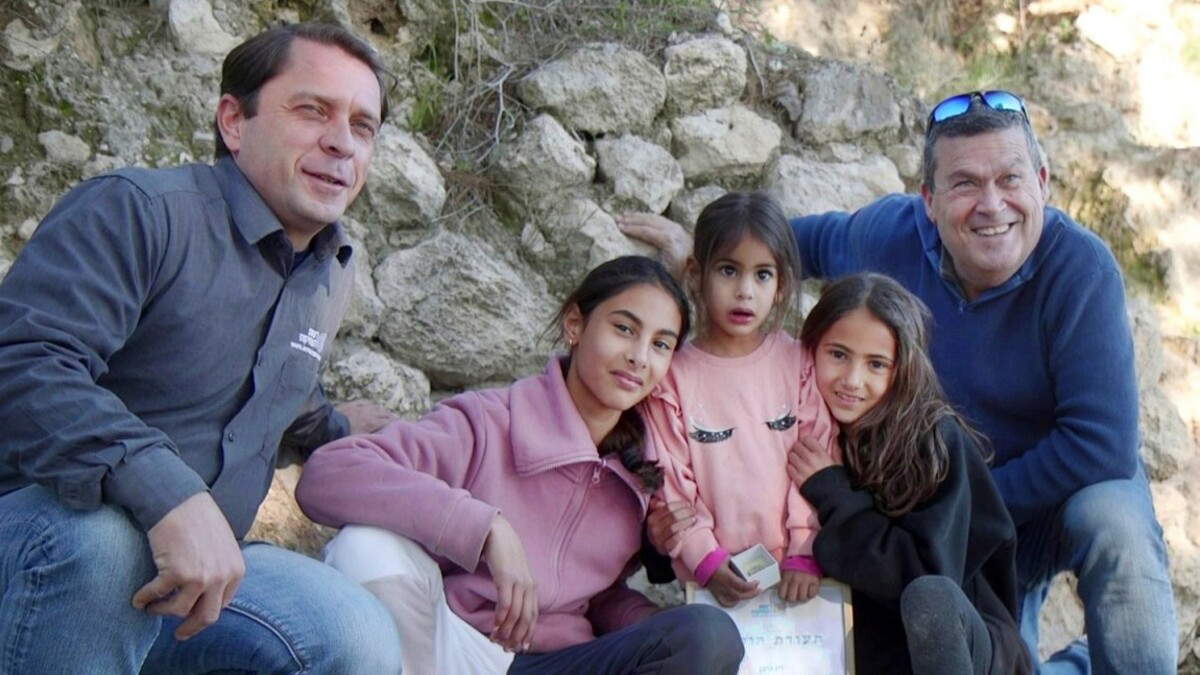
Tel Azeka, a historical site between archaeology and the Bible
The exact spot where Ziv found the ancient seal lies at the foot of Tel Azeka, an archaeological site of significant historical importance. Over the years, excavations conducted by Tel Aviv University have revealed various evidences of cultural and political changes over the centuries. Finds include city walls, agricultural structures and other traces of the ancient kingdom of Judah.
Tel Azeka is also mentioned in the Bible as the site of the famous battle between David and Goliath, narrated in the First Book of Samuel (Samuel I 17:1). According to the sacred text, the Philistine army was encamped near this very location as David, still a young shepherd, confronted and defeated the giant Goliath with a simple sling. The immediate reporting of the find by Ziv’s family allowed archaeologists to analyze and preserve it, preventing it from being dispersed or sold illegally. The discovery joins numerous other finds that testify to the intertwining of Egyptian and Canaanite cultures in the Bronze Age.
 |
| Israel, little girl on field trip discovers 3,800-year-old amulet: a rare Bronze Age beetle |
Warning: the translation into English of the original Italian article was created using automatic tools. We undertake to review all articles, but we do not guarantee the total absence of inaccuracies in the translation due to the program. You can find the original by clicking on the ITA button. If you find any mistake,please contact us.





